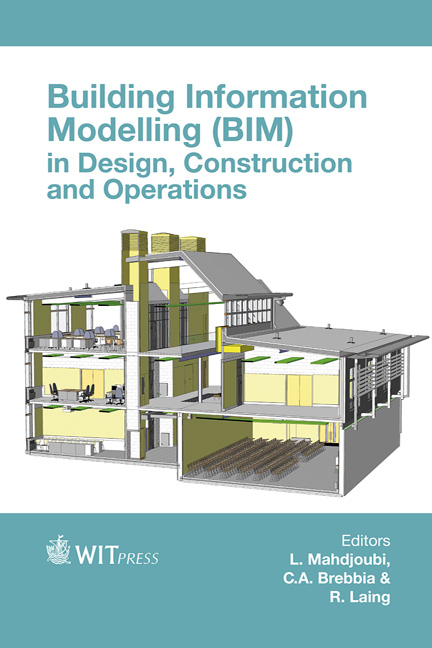An Examination Of Clients And Project Teams Developing Information Requirements For The Asset Information Model (AIM)
Price
Free (open access)
Transaction
Volume
149
Pages
11
Page Range
169 - 179
Published
2015
Size
467 kb
Paper DOI
10.2495/BIM150151
Copyright
WIT Press
Author(s)
D. Navendren, L. Mahdjoubi, M. Shelbourn, J. Mason
Abstract
The client brief not being met by the final construction project could be due to a lack of clarity and collaboration causing substantial difficulties. As the final end-product on a construction project is most heavily influenced by decisions made in the earliest stages, there lies an important necessity on clients clarifying their requirements collaboratively with the project team from the start. The impact of collaborative work from the genesis of a project is stressed especially with the implementation of Building Information Modelling (BIM) on projects, particularly with the UK government mandate to adopt BIM Level 2 by 2016 on all of its projects. The crux of enabling the realisation of BIM Level 2 lies in the clients and project team understanding how the Asset Information Model (AIM), 1 of the 8 Pillars of Level 2 BIM, is informed by the client requirements formed collaboratively with the team. This paper sets out the investigation of the collaborative development of information requirements for the AIM by the client and project team. This investigation is informed by the findings of a pilot study, involving 10 design firms, where qualitative semi-structured interviews were conducted to determine designers’ perceptions, attitudes and experiences of BIM implementation, especially at the early stages of the design process. This paper reports the results of the pilot study outlining challenges faced by designers in key thematic areas. Team-oriented challenges highlighted collaboration and clarity of client requirements as key problematic areas.
Keywords
clients, project team, collaboration, Building Information Modelling (BIM), BIM Level 2, Asset Information Model (AIM), information requirements





